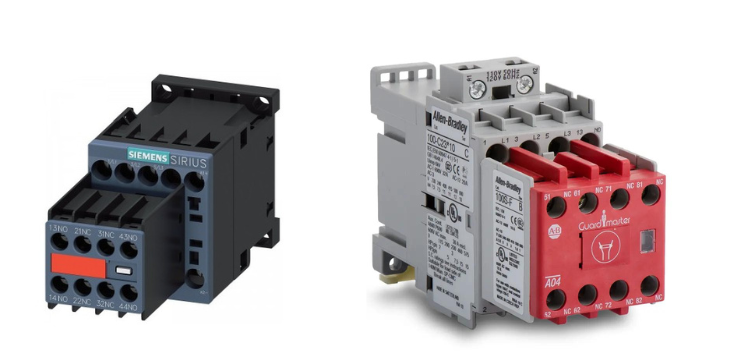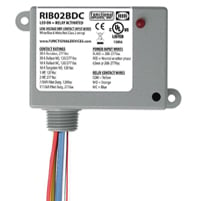What’s the Difference Between a Safety Contactor and a General Purpose Contactor?
Designing a system with motor motion always includes a consideration of safety. Incorporating safety contactors might be the correct prevention to protect equipment and users but may add additional challenges. Why Is Switching Power So Important? Most control panels on equipment with some level of automation will have contactors inside. A contactor is a device … Read more


